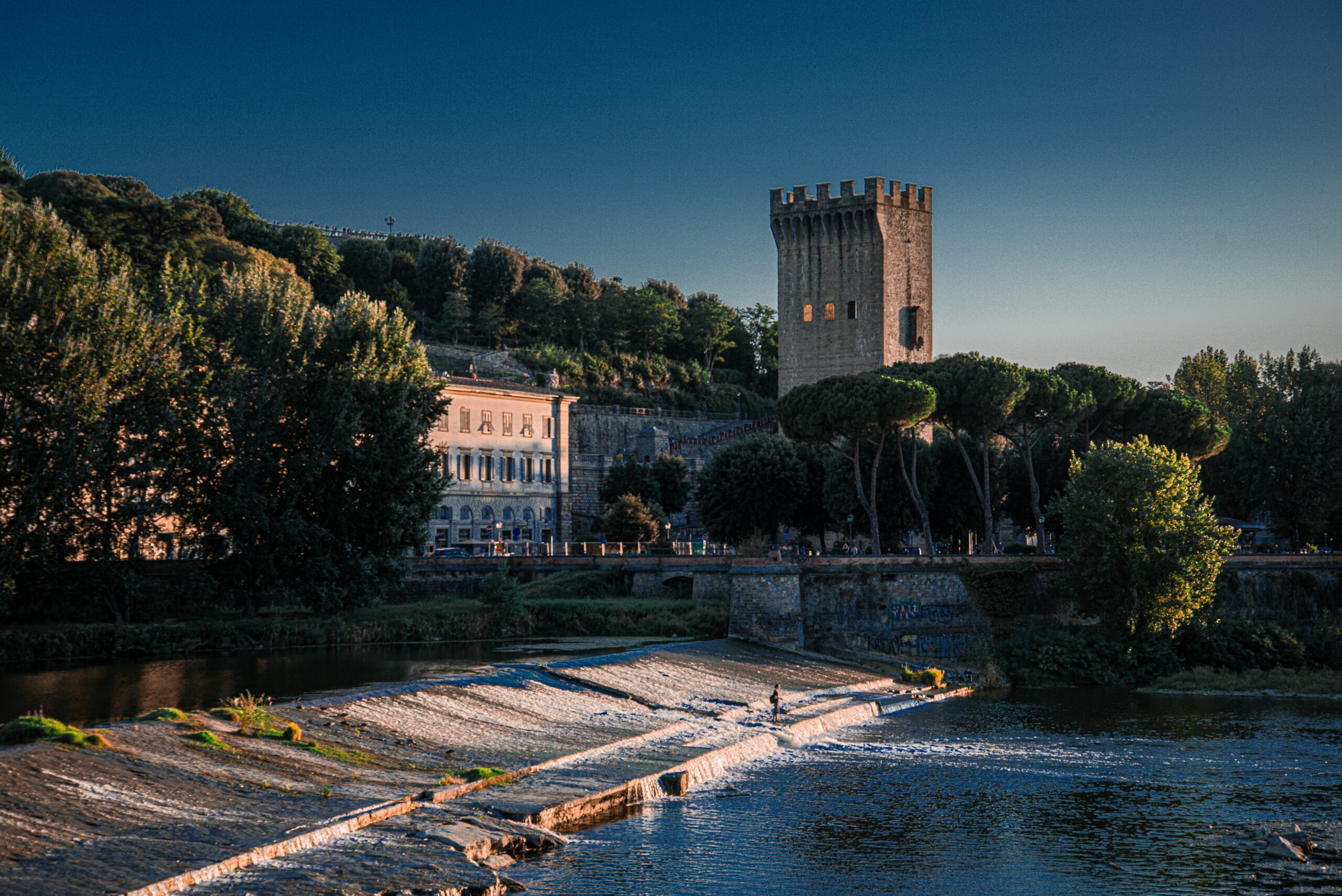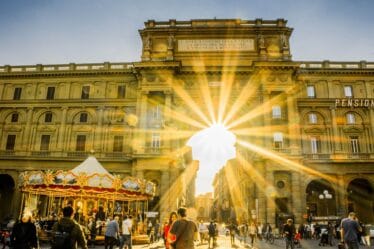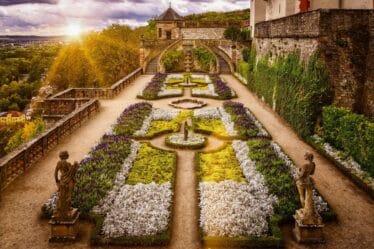

A notable example of Florentine art and history is the bas-relief located in the home at via dei Bardi n. 42 in Florence. This ancient street in the Oltrarno neighborhood is home to a number of architecturally and historically significant structures. The aforementioned structure is a medieval structure that has experienced several alterations over the ages.
The facade’s bas-relief is especially intriguing because of its exquisite artistic detail; it may depict Florence’s most creative and architecturally vibrant eras, the fourteenth and fifteenth centuries. In fact, this sculpture was discovered in 1581 while a well in Piazza della Luna (the ghetto next to the ancient market) was being excavated. When Roman and medieval records came to light, the learned Carlo del Nero chose to place the magnificent bas-relief above the door to his house on Via dei Bardi, where it is visible for everyone to see.
Some mythical or symbolic images may be seen among the acanthus leaves; the relief may allude to ancient mythology or moral and philosophical ideas. In order to preserve the city’s cultural and historical legacy, these pieces must be conserved. Like many other outdoor works of art, the bas-relief in Via dei Bardi n. 42 is vulnerable to pollutants and airborne chemicals that can weaken the stone and ruin the features. Therefore, in order to maintain these historical testimonies, restoration and maintenance interventions are necessary.



